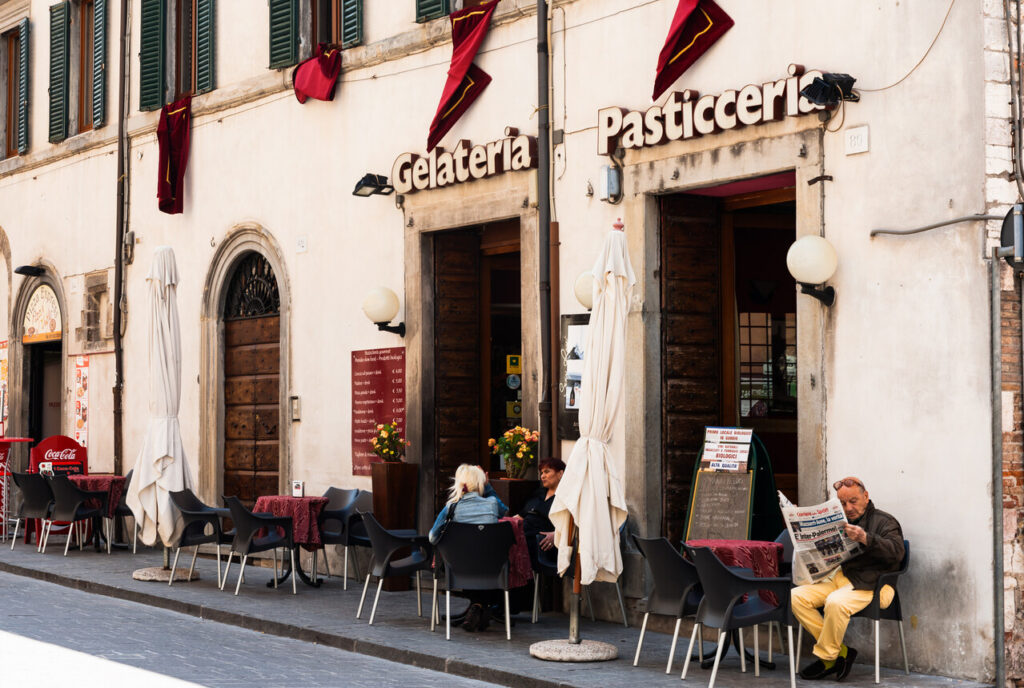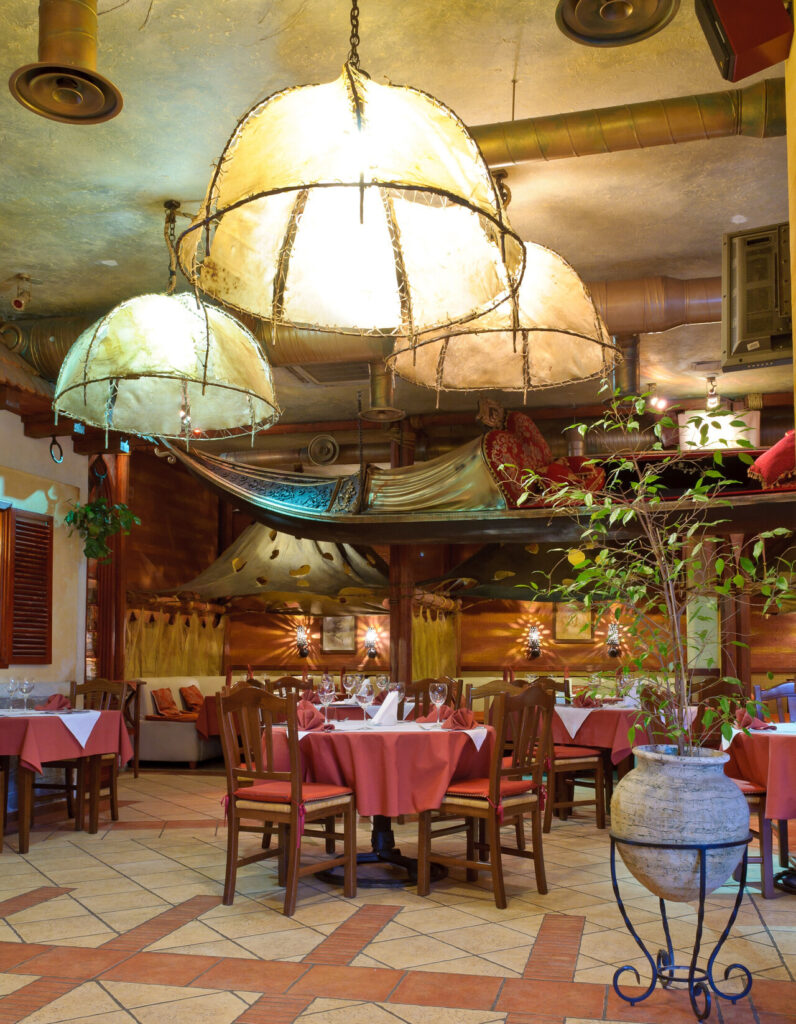Osteria and Trattoria What Really Separates These Italian Dining Styles

Italian dining terms carry more meaning than most visitors realize. Osterie and trattorie both serve traditional, comforting dishes, but their origins and purpose set them apart. What this really means is that the experience you get can shift depending on which door you walk through.
For many decades, these establishments evolved from humble community hubs into recognizable styles of eating. While modern restaurants blur the lines, the traditional differences still shine through. Let’s break it down in a way that helps make sense of what you’re walking into on your next trip.
Some travelers expect candlelit service, others anticipate a rustic table with locals bantering over house wine. Understanding the core identities behind these spaces helps you recognize the experience before you even open the menu.
What Defines an Osteria

The osteria started as a place built around simple food and inexpensive wine. It wasn’t always about large menus or complex cooking. Instead, it was about offering everyday meals that locals could enjoy without ceremony. Over time, some osterie modernized, but the heart of the experience remained the same.
Size and Focus
Traditional osterie usually served just a few dishes each day. Instead of long menus, you might find only two or three choices, based on what the kitchen had in stock and was affordable. This created a meal that felt anchored in the moment rather than planned months ahead.
Even today, many owners still handwrite their menus. Some dishes disappear the following morning, adding a relaxed spontaneity to the meal.
Atmosphere and Layout
The setting typically felt informal, with wooden tables, simple plates, and an honest “come as you are” feel. Locals would drop in after work, share a glass of wine, and move on.
Modern versions keep the cozy atmosphere but may introduce stylish touches. The heart of the experience still lies in familiarity and unpretentious comfort.
What Defines a Trattoria

A trattoria sits somewhere between casual home cooking and a restaurant experience. Here’s the thing: it often offers more structure than an osteria, but fewer polished elements than a fine restaurant. You still eat regional food, but with a slightly wider selection and more expectation of multiple courses.
Wider Menu and Tradition
A trattoria usually features a full menu that spans antipasti, primi, secondi, and dessert. It’s the kind of place where you’re encouraged to slow down and eat like family.
Many trattorie serve long-standing dishes that rarely change. These recipes often represent the region, the owner’s lineage, or generations of culinary habits.
Family Ownership and Legacy
Many trattorie remain family-run, with recipes passed down through parents, grandparents, and great-grandparents. Guests come for consistency and hospitality.
Even as cities grow and tourism expands, trattorie continue to serve as neighborhood anchors. Locals know exactly what to expect, and that familiarity is part of the charm.
Modern Overlap and Evolution

Today, many restaurants blend elements of both styles. Tourism and changing dining habits mean the lines are no longer as strict as they once were. Still, the spirit of their roots lingers if you know what to look for.
Ingredients and Expectations
Both focus on seasonal, regional ingredients. You may see truffle pasta in autumn, a seafood risotto near the coast, or braised meats in winter. The experience remains grounded in place, not trends.
Menus may look similar, but the intention behind the service and food presentation tells you a lot about the style.
Why Travelers Get Confused
Visitors often assume the terms are interchangeable, especially when the sign outside uses both words. This happens because owners adapt to modern expectations.
Many places now market themselves based on identity rather than strict tradition. That said, once you understand their history, the distinctions become easy to spot at the table.
How to Spot the Difference
If you want to identify one when traveling, pay attention to the feel rather than the sign. Short menu, casual drop-in service, and dishes based on the day often mean an osteria. A fuller menu, stage-by-stage eating, and longer family recipes usually point to a trattoria. Both celebrate local cooking and offer something that chain restaurants rarely match: a sense of place, history, and everyday flavor.







